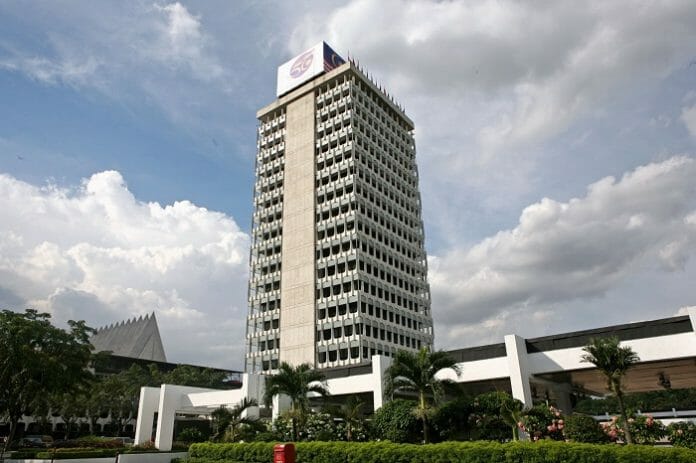Tuan Tan Kok Wai (Cheras) to ask the Prime Minister the state of poverty in urban and rural areas as well as the income gap in the country. What are the achievements and failures of programs designed and implemented to create a more equitable society?
ANSWERED BY YB DATO ‘SRI MUSTAPA BIN MOHAMED MINISTER IN THE PRIME MINISTER’S DEPARTMENT (ECONOMY)
Mr. Speaker,
1. For the Honorable Members’ information, the country’s poverty rate has decreased significantly compared to 5 decades ago, where:
i. the national level absolute poverty rate dropped from 49.3 percent in 1970 to 5.6 percent in 2019;
ii. The urban poverty rate decreased from 21.3 per cent to 3.8 per cent; and
iii. The rural poverty rate decreased from 58.7 per cent to 12.4 per cent.
2. In addition, the Gini Coefficient was successfully reduced from 0.513 to 0.407 over the same period. The value of the Gini Coefficient is between 0 and 1, where 0 indicates a fair income distribution, while a value of 1 indicates the most unfair income distribution.
3. Among the factors that contribute to this achievement include:
i. Encouraging economic growth rate. Overall, over five decades the average growth of the Malaysian economy grew by 5.8% per annum during the period 1971 to 2021. For the period 1971 to 1990, GDP grew by 6.7%;
ii. A New Economic Policy that focuses on eradicating poverty by increasing employment opportunities for all people regardless of race;
iii. The establishment of institutions such as MARA, UDA and the State Economic Development Corporation has supported the development of Bumiputera socio -economic status, among others in increasing employment opportunities, education, entrepreneurship and equity ownership; and
iv. Establishment of FELDA and FELCRA for land development and resettlement in efforts to eradicate poverty through the cultivation of palm oil and rubber.
4. However, despite these achievements, some issues and challenges still exist, including:
i. Poverty clusters still exist in certain areas of the city especially in the People’s Housing Project (PPR) areas and rural areas;
ii. Compensation to workers (CE) to Gross Domestic Product in Malaysia is still low at 37.2 per cent compared to developed countries at around 50 per cent; and
iii. Development inequalities between provinces and states as well as urban and rural areas continue to exist. For example, for 2020, the ratio of GDP per capita development gap in Sabah Region compared to Central Region (Kuala Lumpur, Selangor, Melaka, Negeri Sembilan) is 2.8.
5. The pandemic outbreak of COVID-19 has also had a major impact on household income and is estimated to cause the poverty rate to increase to 8.4 per cent by 2020. The Gini coefficient is also estimated to increase from 0.407 to 0.411.
6. The Department of Statistics Malaysia is conducting the Income, Household Expenditure and Basic Amenities Survey (HIES & BA) 2022 this year with a sample size of 92,800 households. The findings of the study, which is expected to be published in the first quarter of 2023, will enable the Government to identify the socio -economic position and development gaps, which in turn will be the input for the formulation of policies, strategies and initiatives to improve the well -being of society.
7. Under the Twelfth Malaysia Plan (12MP), 2021-2025, various strategies and initiatives are being implemented to address issues related to economic structure and development gap issues. Among the changes that will be implemented is the transformation of a holistic approach to eradicating hardcore poverty using a nationwide approach. The government is targeting a target of zero hardcore poor by 2025.









